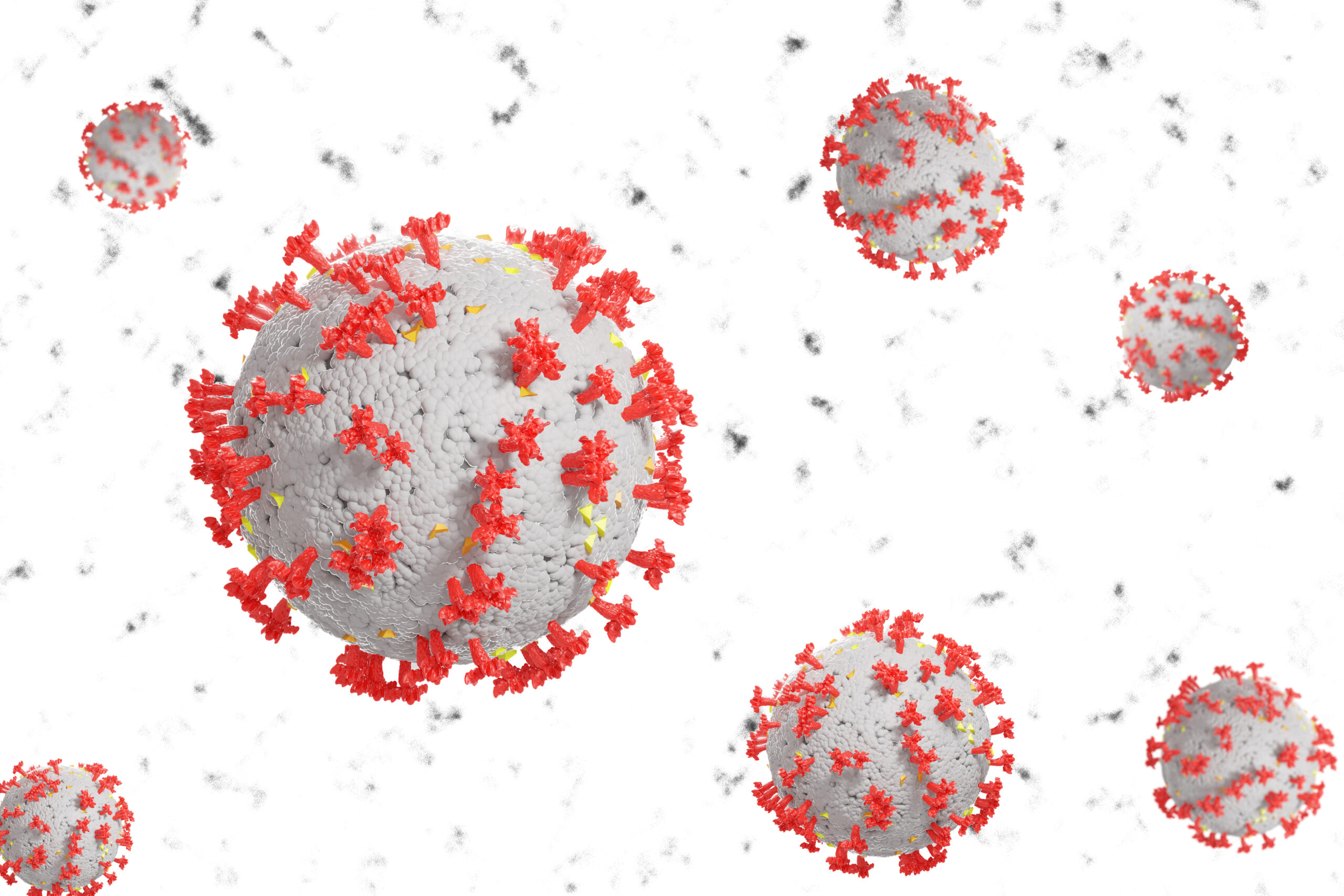
What is ITP and what are the risks of a fall in the platelet count post Covid-19 vaccination? – Professor A C Newland 10/06/2021
What is ITP and what are the risks of a fall in the platelet count post Covid-19 vaccination?
The background rate in the normal population of immune thrombocytopenia (ITP) in adults is around 6 per 100,000. Although the hallmark of ITP is a low platelet count and an increased risk of bleeding it is also associated with a small increased risk of thrombosis – in general an increase of around 20% over the general population where the risk is 1 per thousand per year, so that increase looks large but in real terms still small. Thrombosis is increased by certain things like age, surgery, obesity, diabetes and these increase the risk in both ITP and in the normal population; in the elderly with ITP (over 60) and post-surgery or any procedure this may increase 3 fold.
Thrombocytopenia following vaccinations is well recognised and has been calculated at around 10 per million (these in general are the standard childhood vaccinations, such as MMR) and are usually mild and transient. It is no surprise that a similar response would be seen following vaccination against Covid-19 and in view of the intense rate of vaccination over the last 5 months any reactions would be highlighted. By early June over 68 million doses had been administered and thrombocytopenia has been described with both commonly used vaccines.
The rate with the Pfizer vaccine is around 10 per million vaccinations with around 165 cases of thrombocytopenia reported and following the Astra Zeneca vaccine around 20 per million vaccinations with around 874 reported. These may not all be ITP but have been reported as thrombocytopenia. If you compare that with the likelihood of thrombocytopenia (ITP) occurring in the normal population (at 60 per million) over the first 5 months of this year we would have expected around 535 new diagnoses. So it is difficult to be certain whether all these are vaccine related or chance associations, although the close association of some to the vaccine suggests that many are likely to be related. The Moderna vaccine has not been given to sufficient numbers in the UK to produce meaningful figures. To make matters rather more complicated around one third of adults with ITP are normally picked up incidentally and have no bleeding problems. In ITP the platelet count may fall post vaccine (in around 5%) so we do not know in patients who present post vaccine whether this was a new problem or highlighting and underlying disorder.
The good news is, however, that treatment is not always required and if it is the count usually responds quickly and is not associated with long-term disease. It is uncertain how to proceed with the 2nd vaccination when there is a reaction to the first and this must be considered on an individual basis. We have had patients who have had both of the same without recurrence but most doctors would suggest swapping to the alternate.
The ITP Support Association has been surveying platelet counts in their members with ITP post Covid-19 vaccination. The survey covers the 220 people who completed the survey from the end of February 2021 to 12th May 2021. Of that total 41 ITP Patients received a pre and post vaccine Platelet Count, split, almost 50/50 between Pfizer and Astra Zeneca. Nine patients in all had a reduction in their platelet count of greater than 30; 2 and 7 respectively. In none was the fall sufficiently severe to require hospitalisation. Interestingly 7 patients showed an increased count. Probably a non-specific reaction to the vaccine along with the other, non-specific, reactions reported in about 1 in 10 with both vaccines used mainly in the UK. None of this group fell into the category of Vaccine induced thrombocytopenia and thrombosis (VITT) that is associated with the cerebral venous sinus thrombosis syndrome and is clearly a separate entity.
In a similar study from the USA of 52 consecutive patients 15% had no worsening of ITP symptoms but no count measured; 73% had no new symptoms and no change in platelet count. However, 12% had a drop in the platelet count but all either bounced back or responded to treatment and the majority were above 30 x109 /L within 3 days. The changes in platelet count occurred independent of remission status, concurrent ITP treatment or vaccine type.
Professor A C Newland 10/06/2021




